Why decolonising and diversifying education is ever prevalent

In this article, Kate Lister explores how much more work needs to be done to decolonise and diversify education, and how higher education plays a big part in opening up inclusivity within and outside higher education.
Kate also considers why this will open up new opportunities for higher education and institutions alike to be inclusive, rather than solely ‘look’ inclusive.
Positive representation needs to be embedded throughout the curriculum
The ultimate goal of many universities is to provide students with diverse academic learning environments and curricula in order to allow students to flourish at university and post-graduation. But, in order to do so, positive representation needs to be embedded throughout the curriculum – something which higher education still struggles with. The problem that stands is that many higher education institutions look inclusive, but are not actually inclusive.
Higher education plays a very important role in promoting inclusivity and breaking down barriers of discrimination and prejudice in the wider world. Universities have the power to shape the mindsets and attitudes of future leaders, policymakers, and opinion leaders, so by fostering inclusivity within higher education, students will be equipped with the skills, knowledge, and critical thinking necessary to challenge such systemic inequalities – resulting in effectively promoting diversity in society.
Decolonising education
Decolonising education is a crucial step in all of this, as it ensures that learning is inclusive, diverse, and culturally responsive. Not only will this even the playing field for those from different backgrounds that typically have to either work harder or tend to struggle more during education and throughout their career, but it also is an accurate representation of society itself; this, in turn, will impact business strategies and the way customers, clients, patients and the general public are treated and served. Unfortunately, achieving this level of equity is something that the education system has struggled with for many years.
The process of decolonising and diversifying education involves rethinking the curricula, teaching methods, and the way knowledge is produced, shared and evaluated. It requires acknowledging and addressing the biases, power dynamics and the systemic marginalisation of non-western perspectives. Oftentimes, several of these biases are hidden in academia – such as the proposed reading material not being diverse, or the studies conducted for academia not being inclusive or representative of all those within society.
So, what should higher education institutions be doing?
The first step is to re-evaluate the curriculum so that it represents diverse viewpoints, cultures and histories. This includes incorporating a variety of perspectives, such as Afrocentric (or non-Western) perspectives into the syllabus, or including critical race theory, the social model of disability, LGBTQ+ voices and feminist perspectives that actively seek out diverse voices and challenge potentially stereotypical perceptions. This is important for various reasons – it will not only invite students of different backgrounds to join courses and thus widen education, opening the floor for questions, creative solutions and more novel ideas to benefit society, but one that will also open doors for those from underrepresented backgrounds to join academia, to research, teach and inspire following generations.
In order to achieve the above, we need to diversify the sources from which we get our knowledge – including more diverse research papers, academics and case studies. Unfortunately, this is a tough barrier to overcome. There is evidence that shows papers from traditionally underrepresented groups have higher rejection rates; this, therefore, results in poorer career progression due to fewer publications and a lack of diversity within academia, which in turn means studies are less representative. As listed by Omar Dewidar et al’s paper: the obstruction of career progression contributes to the lack of representation of certain groups in positions of power and leadership: particularly women, individuals living in low-middle income countries and racialised people.
Just as an example, in oncology research, Caucasian men hold over 70% of editorial leadership positions. Higher education must challenge what is typically Eurocentric-dominant biases, by examining the way such knowledge we use when teaching is produced and valued. This means we also need to assess the ways technology – which now plays a huge part in education and in industry – can help or hinder inclusivity. We need students and higher education institutions alike, to recognise and be critical of the research they see, constantly asking questions as to how representative it truly is.
Teaching methods
Another important aspect is that universities and schools need to look at the teaching methods they offer students. Again, such methods must be inclusive, culturally responsive and respectful of diverse perspectives. Teachers need to actively engage with the personal experiences and perspectives of students and create a safe and welcoming learning environment, by using pedagogical approaches that value diversity. This also means flexibility is important. With many students from underrepresented or disadvantaged backgrounds not always having the same chance to prioritise education due to other commitments (such as caregiving commitments or needing to find a source of income), offering flexibility on courses and being sensitive to these issues will help present the same opportunities to a wider cohort of students.
Making sure higher education is accessible and affordable for all students
With that in mind, the trickiest part of decolonising and diversifying education is making sure that higher education – or education at all stages – is accessible and affordable for all students, regardless of their background. This requires addressing systemic barriers such as socioeconomic inequality, lack of access to financial aid, and other forms of discrimination. This also involves creating inclusive and welcoming environments for students with disabilities and providing the necessary resources and support to ensure their success. Universities have tried to tackle this, and while there’s been progress, there’s still a journey ahead.
For example, advocating for a diverse student body is essential for promoting inclusivity in higher education. Universities often encourage students from a range of backgrounds to join student bodies so they can create a rich learning environment that exposes other students to diverse perspectives and experiences. This creates opportunities for dialogue and understanding, helping to challenge stereotypes and biases. An often forgotten way to advocate for diversity, however, is via community engagement; universities can play a significant role in promoting inclusivity outside of the university setting. This includes partnering with local communities, non-profit organisations, and other stakeholders to address issues of inequality and promote active engagement with diverse communities and perspectives.
Teachers must be equipped with the skills and knowledge
All these approaches have been tried and tested, yet we are still struggling to fully make universities ‘be’ inclusive, as opposed to merely ‘looking’ inclusive. I would argue, therefore, that focussing on training and professional development for educators is vital. Such training must address the need for cultural competence and critical thinking in order to support the decolonisation of education. Teachers must be equipped with the skills and knowledge to challenge dominant narratives and biases to facilitate inclusive and culturally responsive learning environments. This, as mentioned above, includes creating safe spaces for dialogue and discussion and encouraging active engagement with diverse communities and cultures.
Diversifying education is a complex and ongoing process that requires a systemic and multi-faceted approach. It involves rethinking the curriculum, decentralising the studies we use to teach, challenging biases, and promoting inclusive teaching methods. By prioritising the needs and perspectives of historically marginalised communities, we can create an education system that is inclusive, diverse and culturally responsive – this will not only transform the higher education journey, but also change society as we know it for the better.


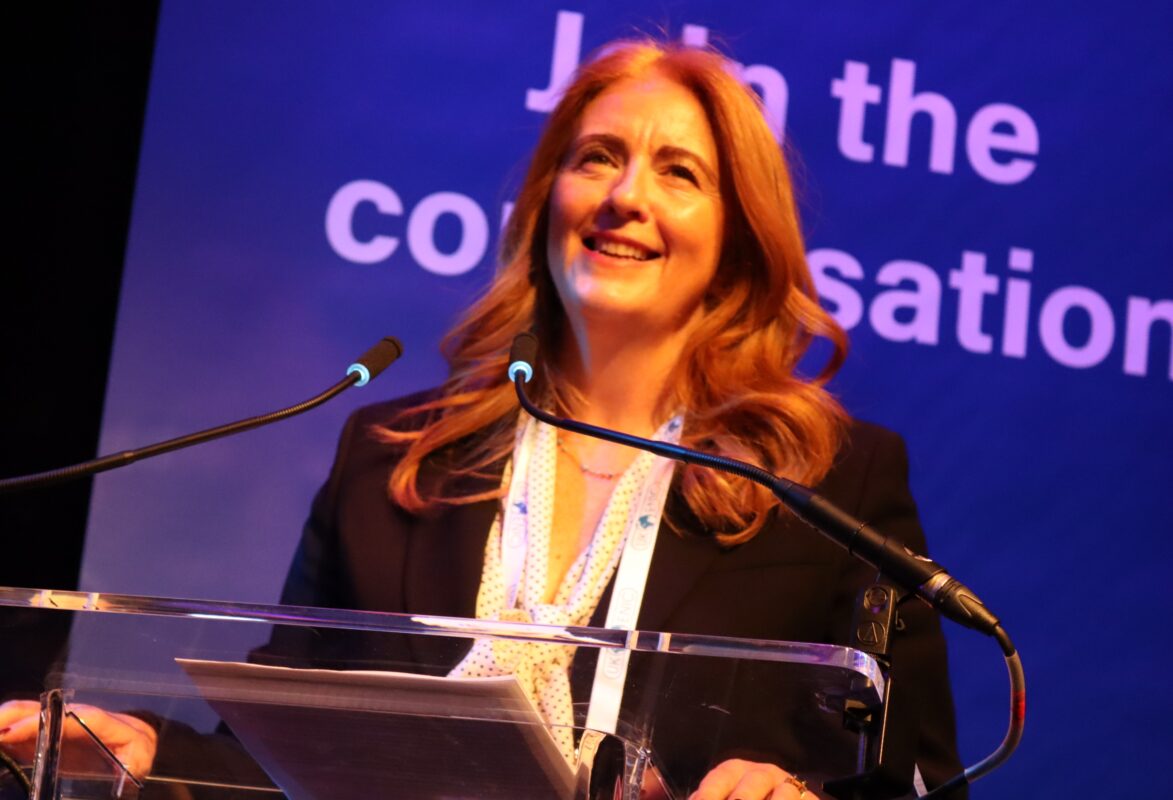



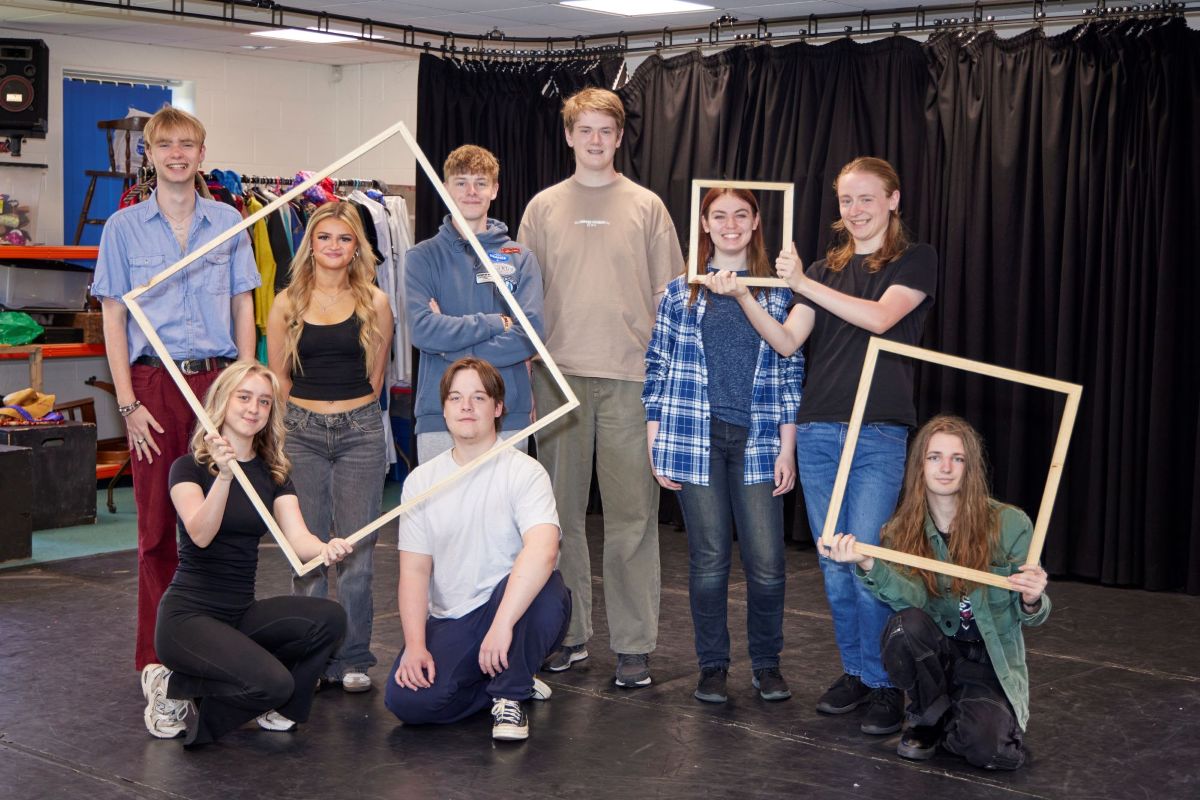


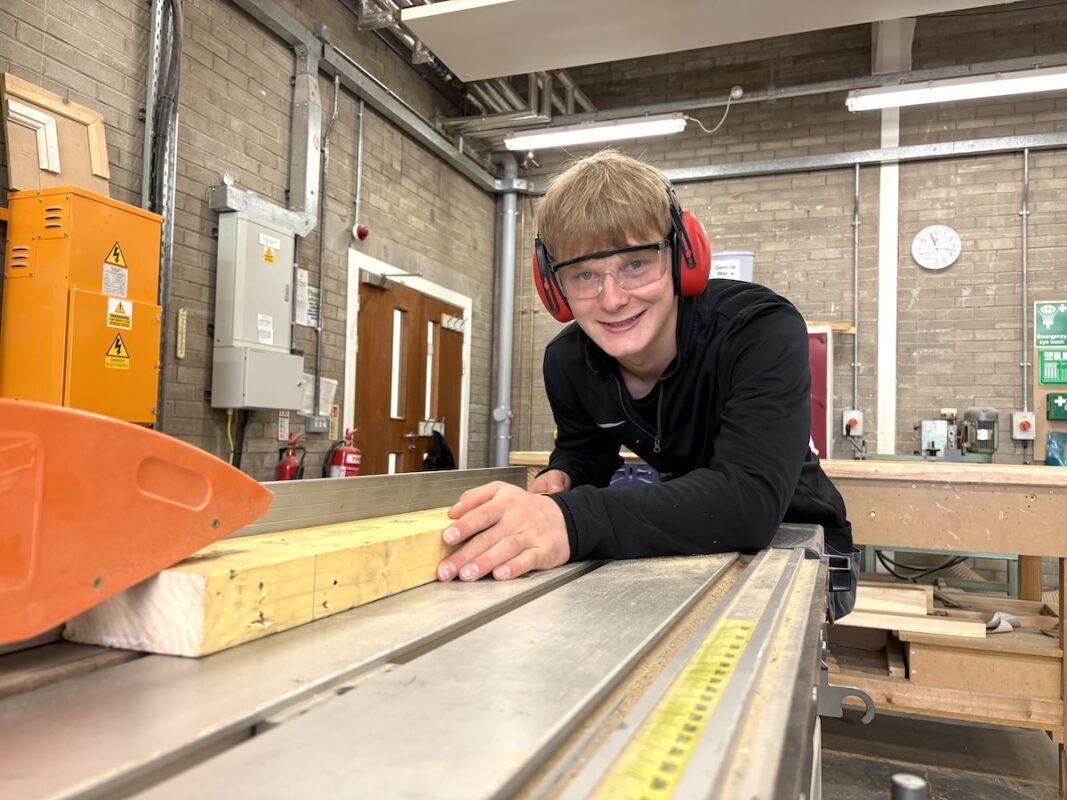
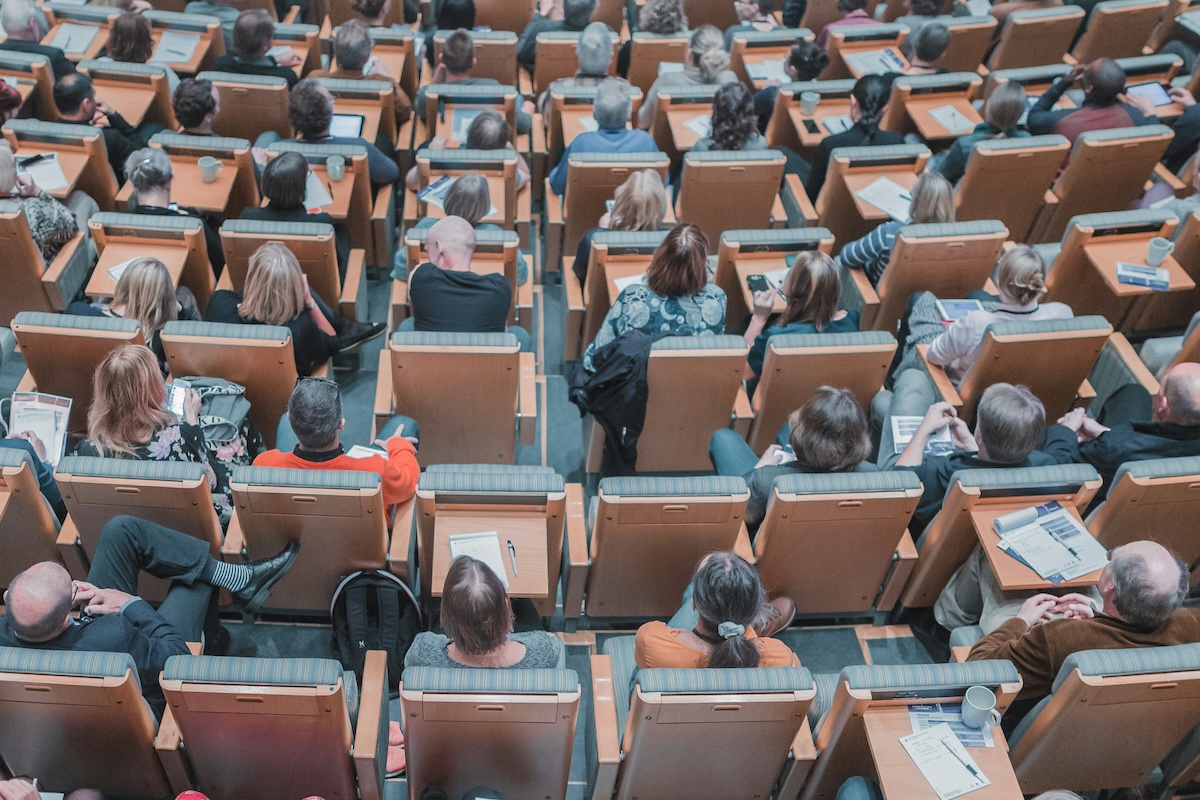
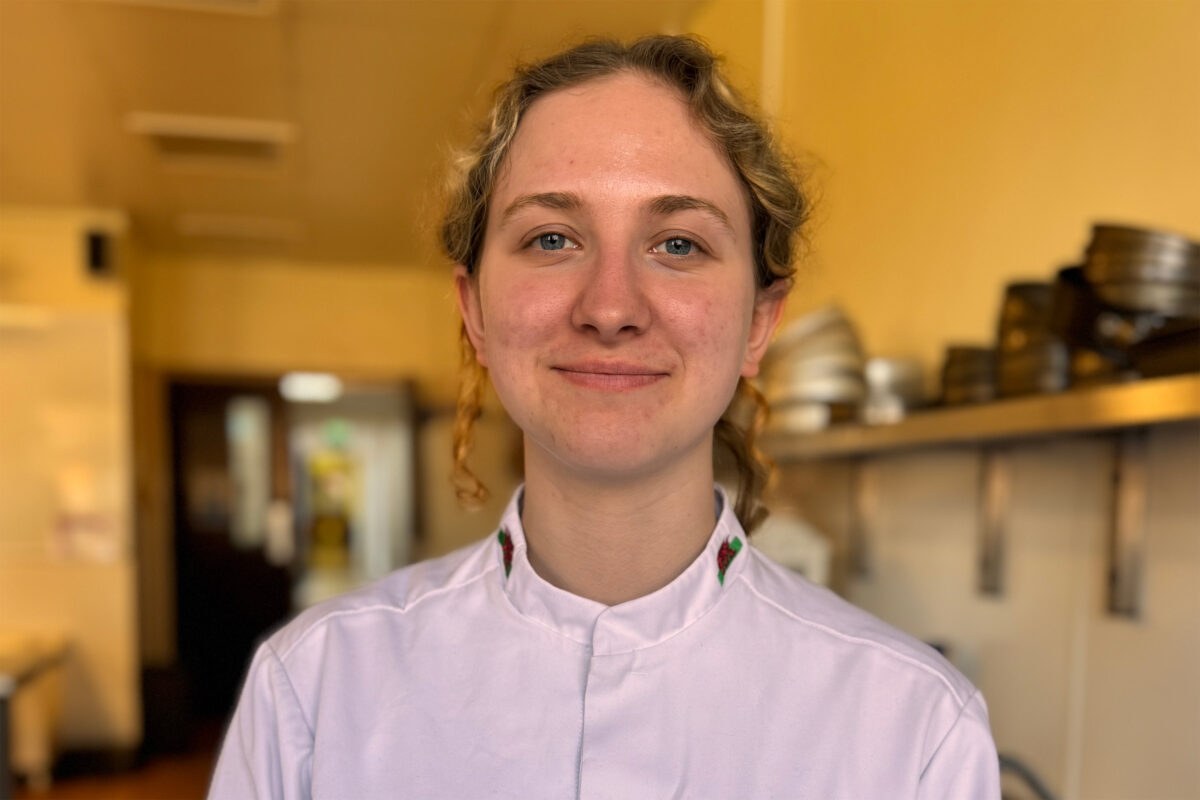
Responses